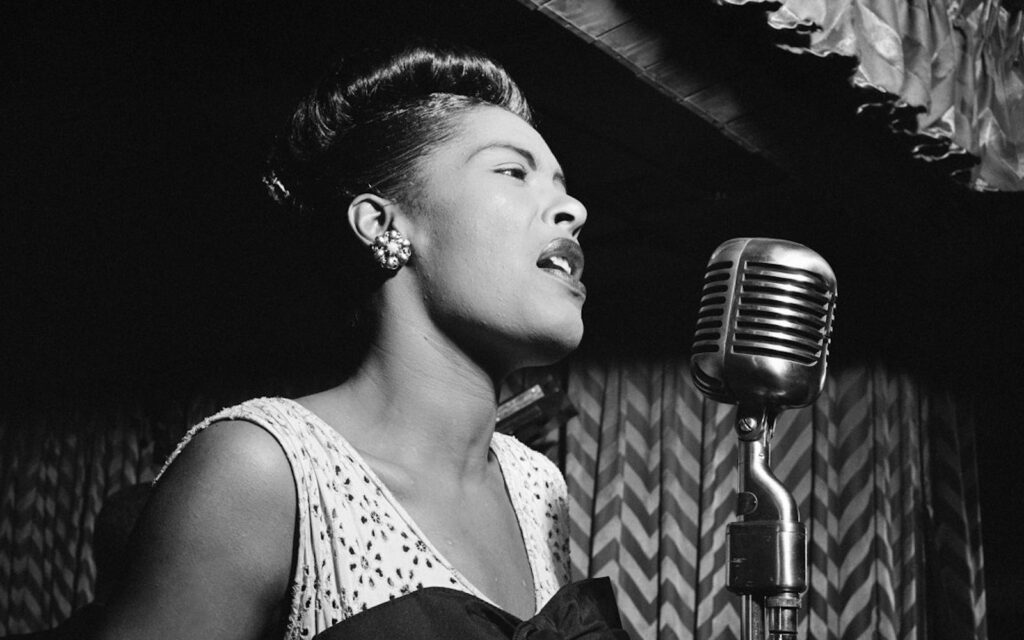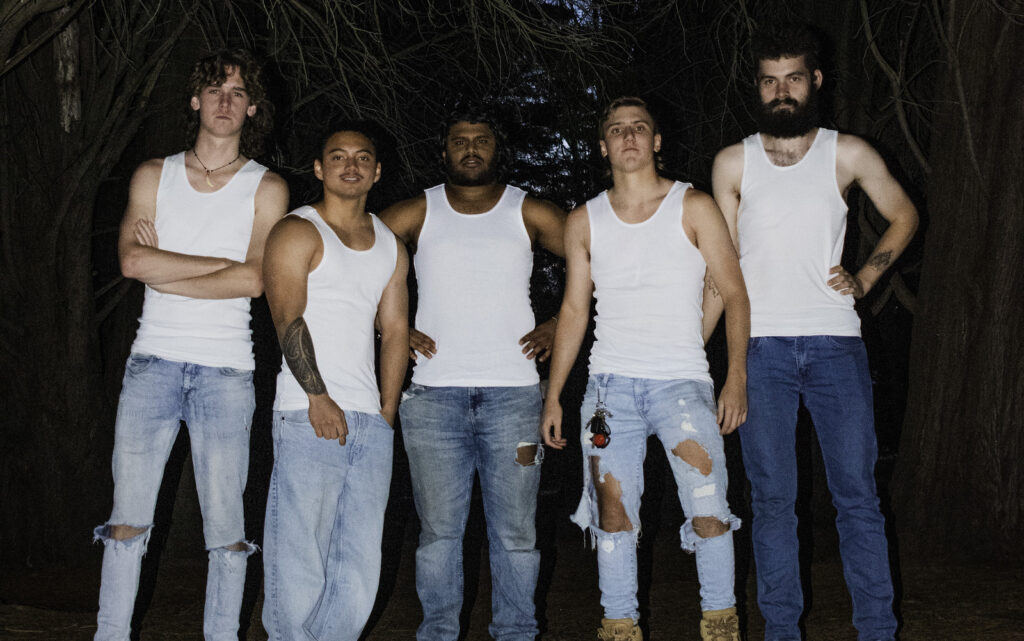From gothic prince and murderous crooner to an Australian icon.
Known best for his epic ballads and songs depicting sadistic storylines, self-destructive and villainous characters, and often incorporating religious and romantic themes, it’s easy to forget Cave’s origins or tie him to one particular sound. The truth is, the iconic musician is much more than that and what appears to be a signature sound is one that has been in flux, constantly changing and evolving, for the entirety of his career.
Few artists can boast over fifteen studio albums and still display a genuine, evident evolution rather than regurgitating the same thing over and over, though this is Cave’s bread and butter. Truly a genius in his creative approach and ability to consistently fashion new ideas and concepts, Nick Cave’s discography is one worth inspecting. To best exemplify his progression as a music-maker, songwriter and creative entity, one must look at the whole picture, though the key pivotal moments in his monstrous career are evident in these eight tracks.
‘Release The Bats’ – The Birthday Party (1980) by The Birthday Party
Nick Cave’s inaugural musical effort, post-punk outfit The Birthday Party offer a stark difference from the man who would go onto release dark, hyper-romanticised ballads, though Cave’s roots fronting The Birthday Party unequivocally served as the foundation for the mammoth career which followed in its wake. ‘Release The Bats’ captures quintessential goth Nick Cave, showcasing a distillation of hysteria through a sex-ified, horror track, which is indication enough in itself of the creative potential from the man behind the wheel. Although the track was first imagined as a novelty filler track for the album, it wound up being one of the band’s most popular tracks and frequented their set lists.
‘Saint Huck’ – From Her To Eternity (1984) by Nick Cave and the Bad Seeds
Following the messy dissolution of The Birthday Party in 1983 following drug-fuelled squabbles and deteriorating relationships between the members, Cave spread his wings and headed to Los Angeles where he and fellow ex-Birthday Partier, Mick Harvey, recruited musicians for what would become The Bad Seeds. The group’s early work reflected Cave’s time in The Birthday Party, though with a much more refined sound. ‘Saint Huck’ features a crooning Cave telling a crazed, reimagined tale of Huckleberry Finn – giving the classic story a dark twist and showcasing his abilities as a songwriter. ‘Saint Huck’ would be the first song the Bad Seeds recorded together and it definitely set the bar high for what was to follow.
The Mercy Seat – Tender Prey (1988) by Nick Cave and the Bad Seeds
Whilst writing his novel And The Ass Saw The Angel, Cave must have tapped into a creative oilwell and from it, ‘The Mercy Seat’ burst forth. Taking on highly religious themes, a reoccurring source of inspiration across Cave’s career, the song became a staple in his live sets due to its versatility, with Cave shaping the track into a ferocious rock tune or a laidback blues number as he saw fit. Cave has said of the track that it came from a different place than his other songs, and it shows. The track would even go on to be covered by Johnny Cash.
‘Red Right Hand’ – Let Love In (1994) by Nick Cave and the Bad Seeds
By the time the ‘90s arrived, Cave had slowly but surely subdued the beast that was his demented, post-punk sound, trading it in for ballads – though he certainly never restricted himself to one or the other. ‘Red Right Hand’ offers a polished sound, one much more commercially appealing than Cave’s previous efforts, with the track still finding its way onto television and film soundtracks and even copping an Artic Monkeys cover in 2009. The title is a nod to the epic poem Paradise Lost by John Milton which depicts a God’s mighty power through vengeance. Despite the track’s dark undertones, the melody is upbeat by contrast, something not often seen by Cave.
‘Henry Lee’ – Murder Ballads (1996) by Nick Cave and the Bad Seeds
The aptly titled record, Murder Ballads is a conceptual album Cave hoped to build into a film, though the plan which never eventuated. The albums sees Cave teaming with the likes of Kylie Minogue and PJ Harvey, pitting his baritone vocals against their feminine, softly sung lines to wondrous effect. An example of this is‘Henry Lee’, a traditional song reimagined by Cave and Harvey, sung in a duet style. The album garnered mainstream success, with Cave receiving a nomination for MTV’s Best Male Artist from which he infamously withdrew himself in a letter to MTV. Experimenting with the kind of juxtaposition displayed between his deep voice and those of Minogue and Harvey clearly struck a chord with Cave and would be revisited in the future.
‘West Country Girl’ – Boatmans Call (1997) by Nick Cave and the Bad Seeds
‘West Country Girl’ sees Cave shedding the layers which usually encompass his intricate tracks and instead incorporating spoken word and a stripped back melody to create more of a rhythmic poem than a song. The track, written for PJ Harvey during the pair’s short-lived relationship, also appears on Cave’s performance/lecture style record The Secret Life of the Lovesong, this time coming with a detailed breakdown of the track which is equally, if not more so, poetic in itself. Nick Cave is known as a musician, but he truly is a wordsmith at heart and embracing that to release spoken word tracks and recorded lectures was a bold move, though one that indisputably paid off.
‘O Children’ – Abattoir Blues/The Lyre of Orpheus (2004) by Nick Cave and the Bad Seeds
Showcasing a grand, choral sound, ‘O Children’ is an outlier in an otherwise somewhat linear evolution, in many ways. The swelling melody grows as the song progresses, painting a picture of oppression and desolation as it builds, exploding in an emotionally-charged cacophony at the climax of the eight minute ballad before dissolving back into nothingness. The song has been widely speculated to revolve around either WWII or the Jones Town Massacre due to its imagery and lyrical clues, though neither theories have been confirmed. Playing once again with harmonies, ‘O Children’ is a devastatingly beautiful effort, making it no surprise that the track was chosen to depict one of the most sensitive scenes in Harry Potter and the Deathy Hallows – Part 1.
‘Honey Bee (Let’s Fly To Mars)’ – Grinderman (2007) by Grinderman
Though Cave had certainly found his footing through decades of cementing his sound, he has never been one to become complacent. Enter, Grinderman. Cave’s side project featuring him and fellow Bad Seeds Warren Ellis, Jim Sclavunos and Martyn P Casey. The group took a giant leap from the sound they had found with The Bad Seeds, opting instead for an erratic, post-punk frenzy. Injected with a high dosage of sexualised, animalistic drive, Grinderman seems to be the perfect outlet for the band to funnel those energies. ‘Honey Bee (Let’s Fly To Mars)’ even displays a difference in terms of songwriting, forgoing Cave’s meticulously eloquent storytelling approach and replacing it with something almost born from another brain.
Never miss a story. Sign up to Beat’s newsletter and you’ll be served fresh music, arts, food and culture stories five times a week.







